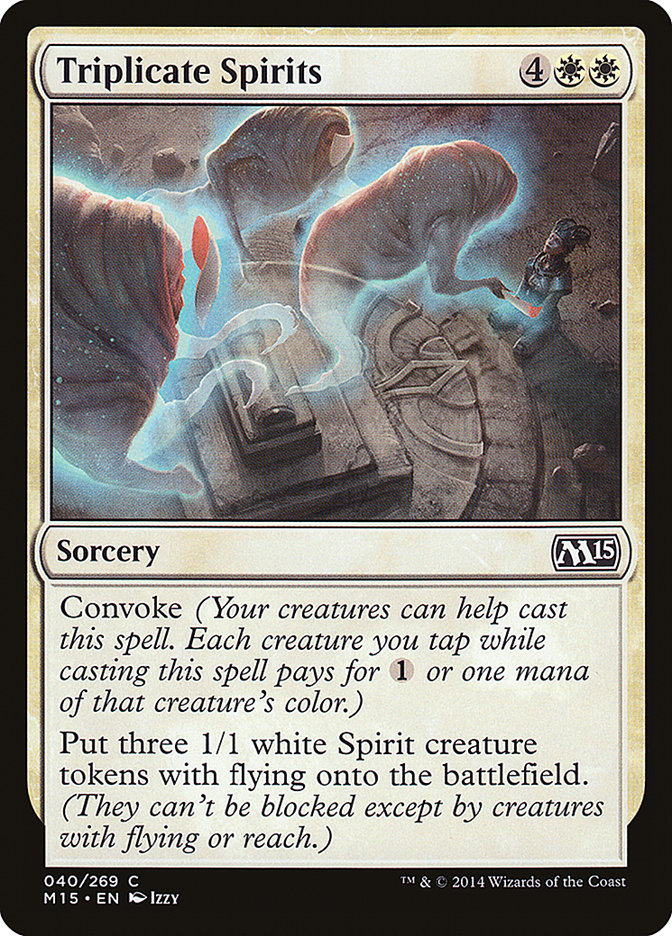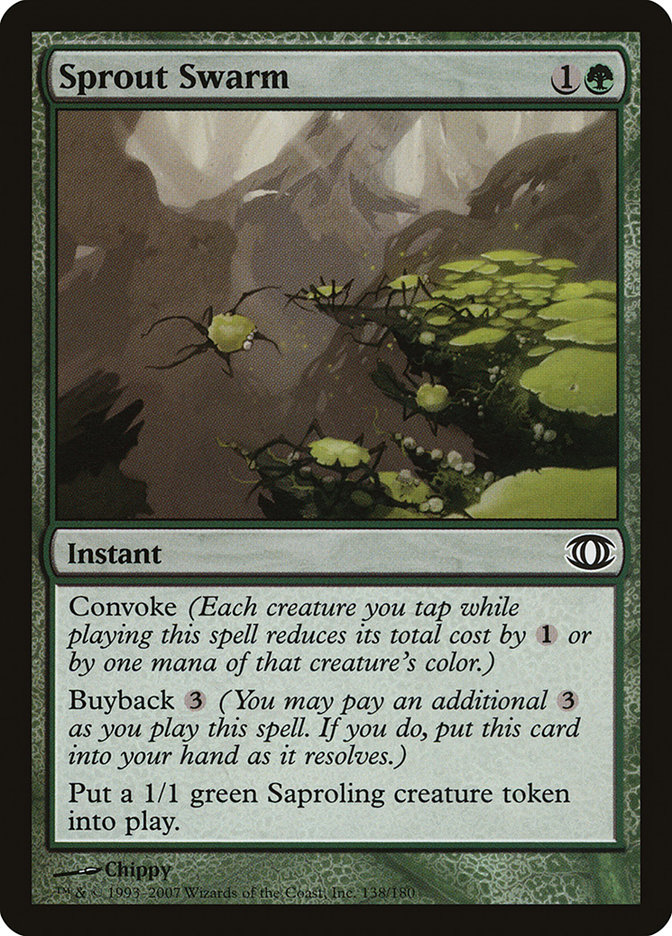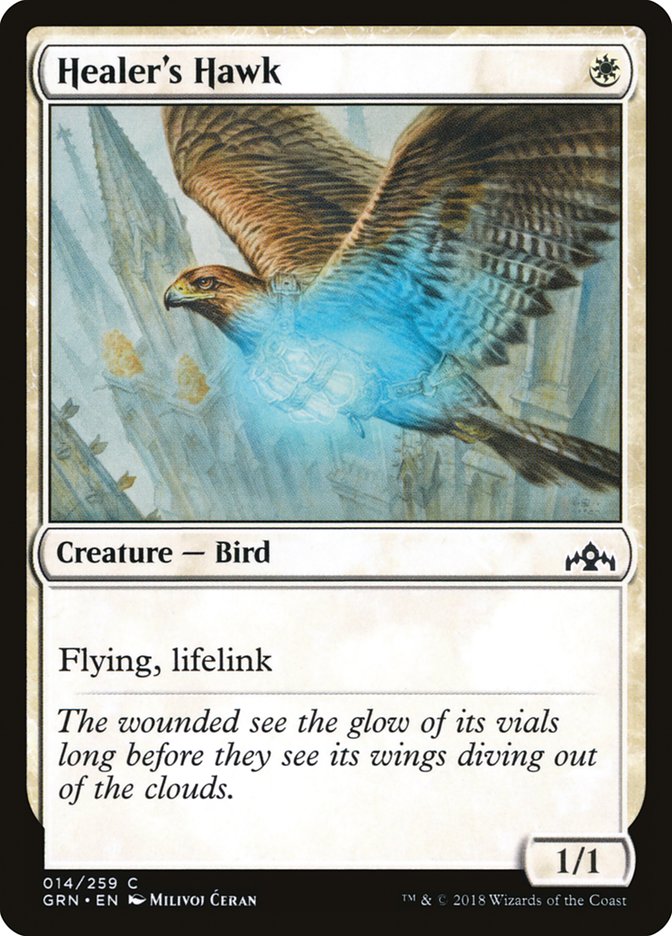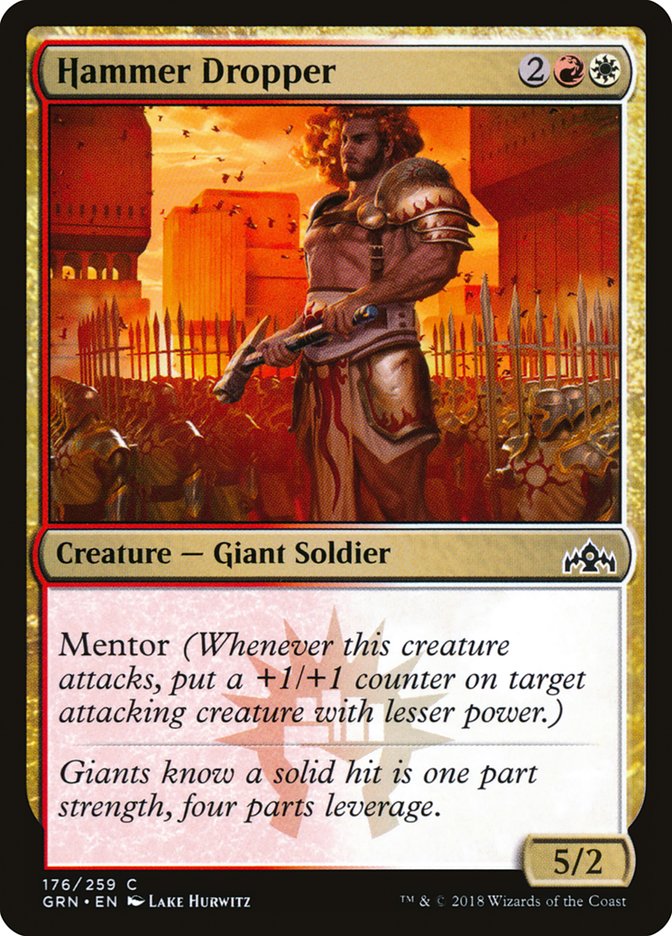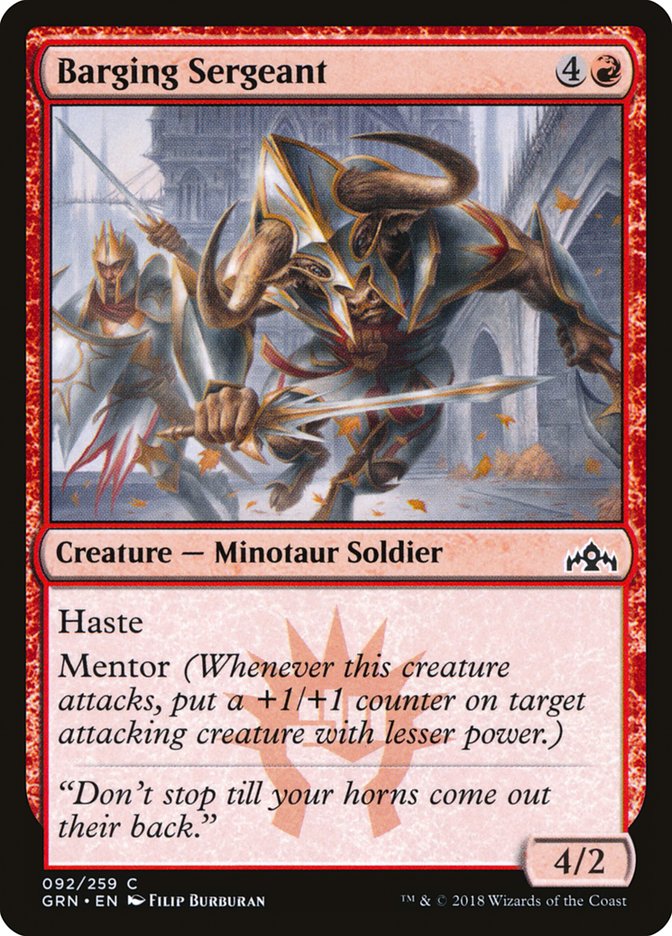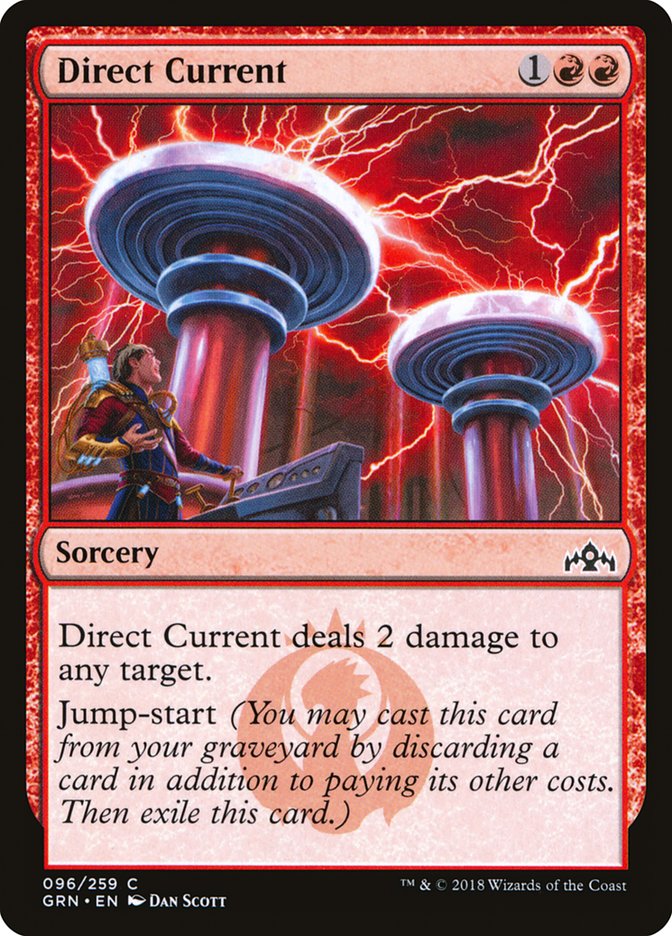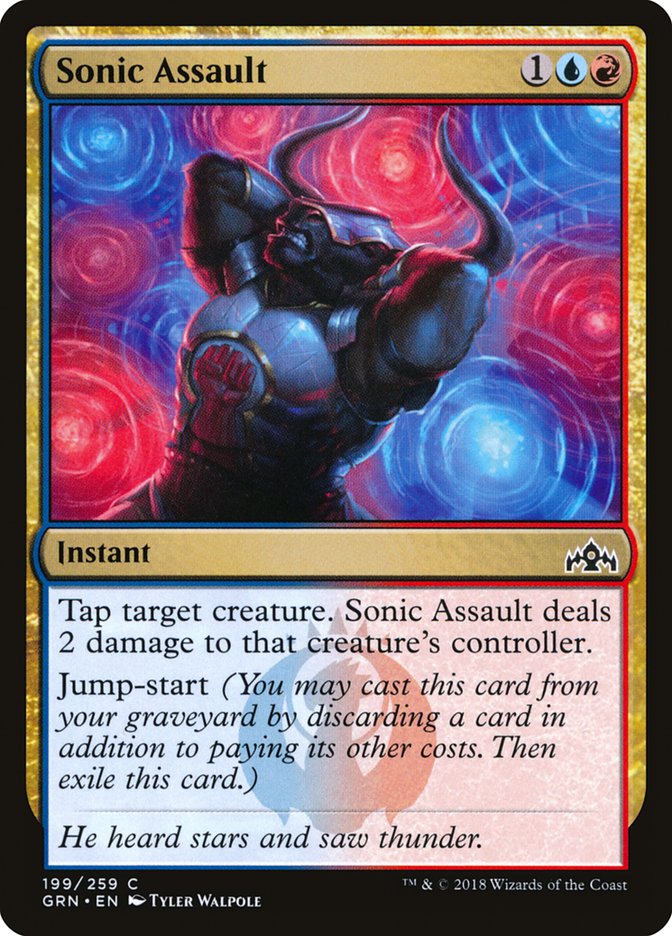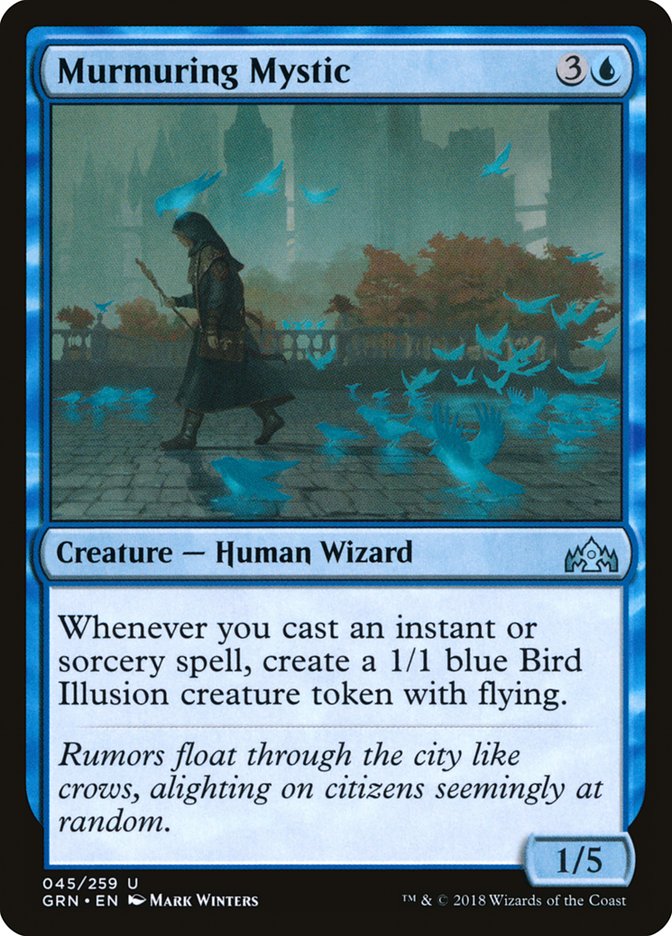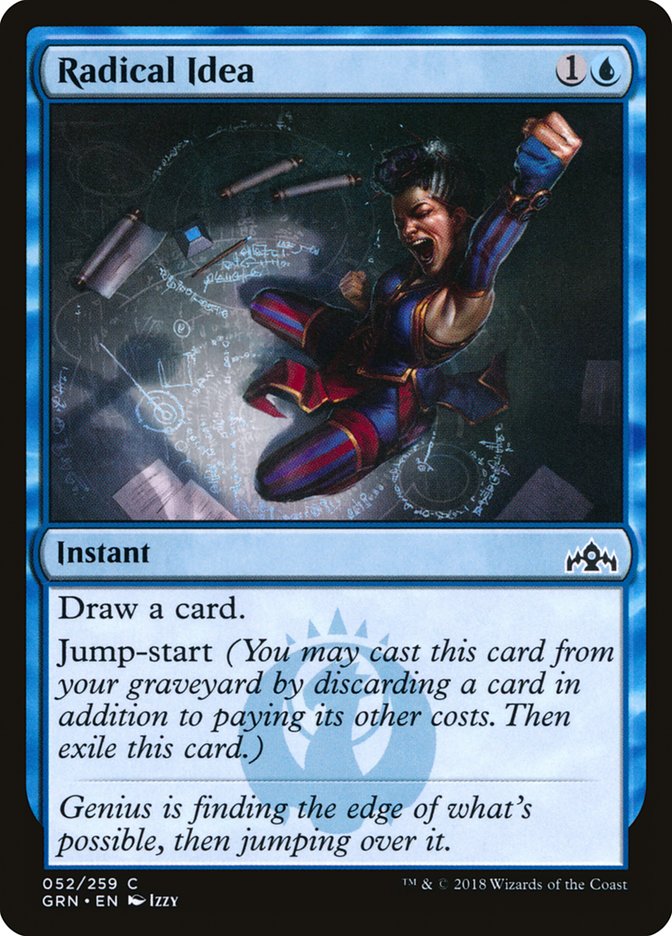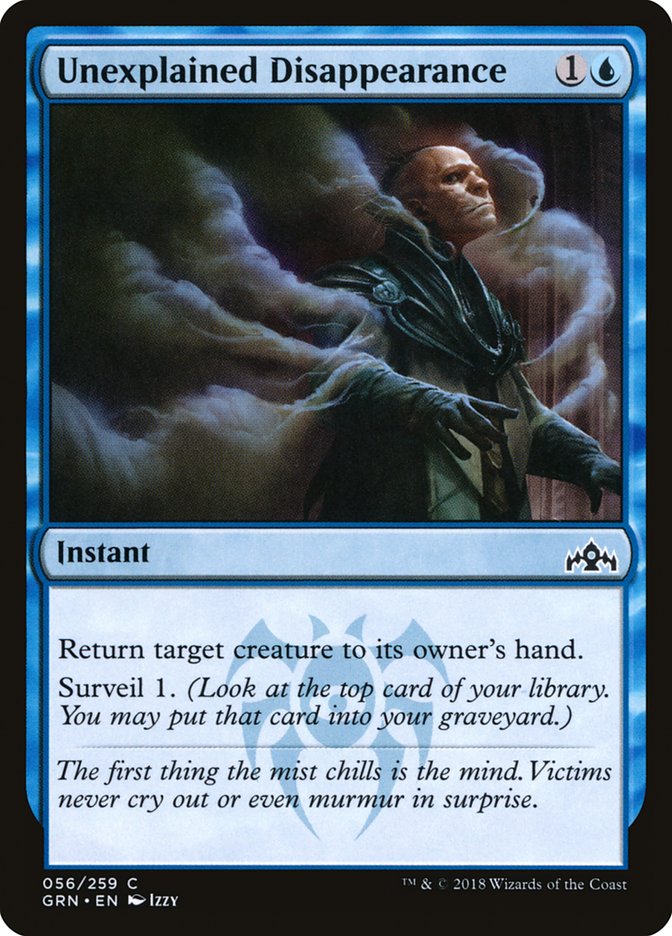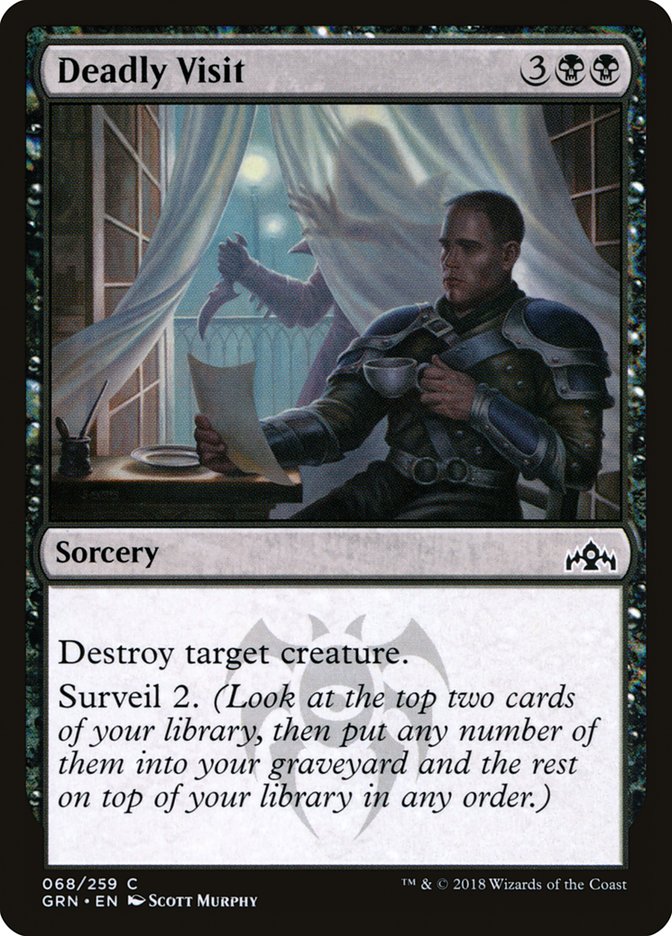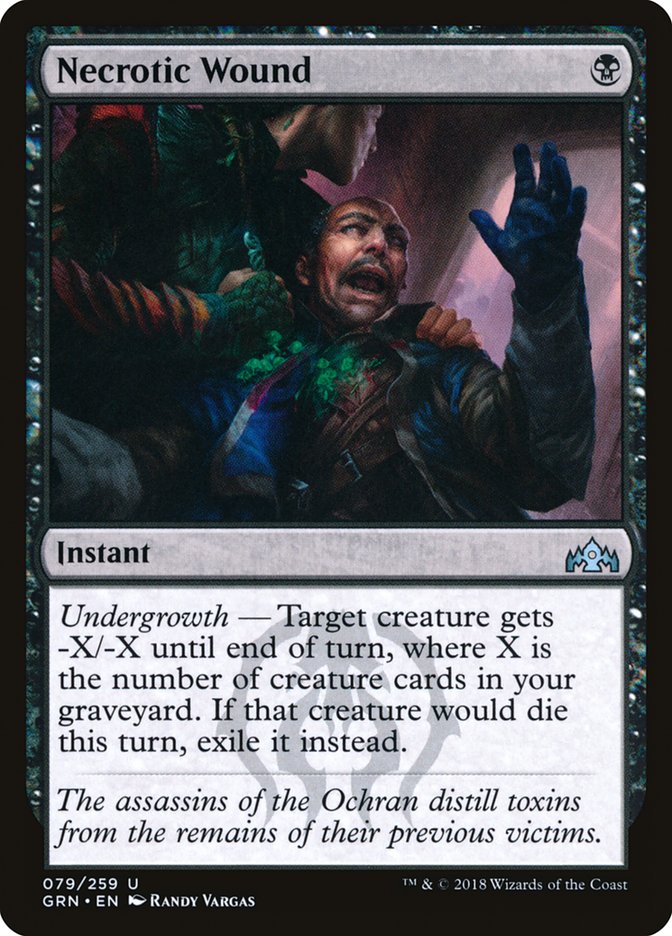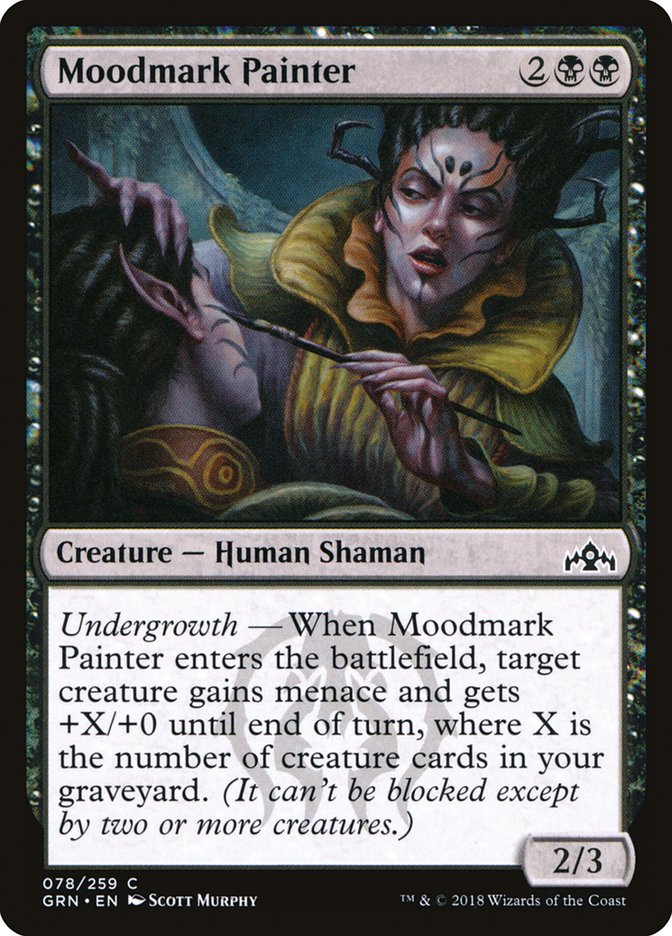I’m back and ready to tackle a new Limited format. I took some time off
this summer to focus on my thesis and research, but with Guilds of Ravnica on the horizon, it’s time to get back to the
game I love so much. Since you’ll be drafting this format in a couple
weeks, it’s a good idea to familiarize yourself with the cards and
mechanics. The mechanics in this set are convoke (Selesnya), mentor
(Boros), jump-start (Izzet), surveil (Dimir), and undergrowth (Golgari).
Furthermore, given that it’s a guild set, these are the five specifically
supported two-color-pairs. This doesn’t mean that you can’t draft a Simic
deck, but I wouldn’t expect an abundance of support for a cohesive and
synergistic strategy.
Convoke
Convoke is the only returning mechanic, so it requires the least amount of
work to evaluate and understand. The key to maximizing convoke is
sequencing your creatures such that you can use summoning sick creatures to
pay for a card with convoke. This becomes especially potent with token
generators. Can you imagine casting something like Saproling Migration and
another spell in the same turn? That’s a huge tempo advantage and something
you should try and exploit.
Cards with convoke in the past have ranged from unbelievably broken to
pretty much unplayable. They’re all over-costed; however, cards like
Triplicate Spirits and Sprout Swarm have historically been the most potent
because of how well they stack with cards you already play to enable the
convoke mechanic.
So far, we haven’t seen any cards like this in Guilds of Ravnica,
but they’re definitely something to look out for. An additional thing to
look out for are cheap creatures that you normally wouldn’t play. I’m
looking at you Healer’s Hawk! This is the kind of card that’s usually
pretty bad in Limited, but if you can utilize it to pay for a couple
convoke cards, and it gets in for a couple hits, that’s well worth one
mana. And it synergizes with the next mechanic as well…
Mentor
Mentor is a classic Boros mechanic; a mechanic that only has utility while
attacking. That said, I think a variety of people are overlooking the
potential of mentor. It may look very boring to just get a +1/+1 counter,
but that can snowball fairly quickly. Getting two attacks with a creature
with mentor could be backbreaking. It also may just not be as impactful as
I’m expecting, but I have high hopes.
Looking at the way these cards are designed, two things jump out at me.
First, if you get a couple hits, the game is over. Two, the toughness is
designed for trading down. This may be because the ability is just too good
in the scenario I described above where you attack multiple times with the
creature.
This means you should be on the lookout for cards like Pegasus Courser or
Star-Crowned Stag this week when more cards are previewed. The existence of
support cards that enable attacking is extremely important for gauging the
power level of this mechanic. This also includes combat tricks.
Lastly, slightly lower power creatures are also something to be on the
lookout for. One counter on a Healer’s Hawk turns it into a very real Magic
card and it will be a card you can get late in the draft. I expect there to
be a good amount of overlap from Selesnya to Boros in creature size and
combat-oriented strategies!
Jump-Start
Jump-start is the mechanic I’m most excited for. I’ve heard this mechanic
referred to as “bad Flashback,” and you need to get this out of your head.
I know Limited doesn’t have the same ways to abuse the discard as
Constructed, but the fact of the matter is that because jump-start is not
actually card advantage, it can be costed more aggressively than Flashback.
And while not card advantage, increasing the options you have is a powerful
effect!
Looking at specific examples so far, there’s nothing too exciting yet.
Direct Current is a fine card, although I really wish it was splashable.
Sonic Assault, on the other hand, may give a bit more info into the Izzet
archetype.
While from Murmuring Mystic, we know there’s a spell theme that plays well
with jump-start, Sonic Assault suggests an aggressive variant. Because if
an aggressive deck doesn’t exist in the archetype, Sonic Assault won’t have
a home. That’s not the kind of card I’d be looking to put in every Limited
deck.
So where can we go with jump-start? Will we get a Burning Vengeance-like
card to build around? I hope so, as cards on theme like Radical Idea also
help find the synergistic pieces. And the even nicer thing about that is
that the majority of decks may not be able to just jam Radical Idea as it’s
pretty inefficient.
Surveil
Surveil is the simplest mechanic to understand out of the bunch: It’s scry,
but the cards go to the graveyard instead of the bottom of your library.
This is a pretty significant upgrade in a format with graveyard-oriented
mechanics like jump-start and undergrowth.
Essentially, surveil provides a good chunk of consistency to your Limited
deck if you can get enough cards with the effect. That being said, I
wouldn’t just play a card because it has surveil. If my deck doesn’t want
an Unsummon effect, I won’t play Unexplained Disappearance. The same goes
for Sinister Sabotage.
However, as long as the format isn’t too fast, Deadly Visit is going to be
an unbelievable removal spell. Remember how good Cloudreader Sphinx was?
Well, 3BB Murder is better than 4U for a 3/4 flier. And, again, surveil is
better than scry. Now, one of the Sphinx’s best strengths was splashability
on a win-condition, so maybe this comparison isn’t the best, but I think it
should help illustrate exactly how impactful “surveil 2” can be on a card.
Undergrowth
I’m unsure about how undergrowth is going to affect this Limited format, as
it really will depend on the enablers. If there is a self-mill theme
alongside a variety of Raise Dead effects for additional value, then
undergrowth can yield a large payoff. However, if creatures are just
entering the graveyard naturally through combat, the mechanic may not be
too potent. Especially because your opponent can make decisions to
trade-or-not based on the effect it would have on the common undergrowth
cards.
The above two cards have such drastically different power levels. I imagine
Necrotic Wound will be quite good, as Disfigure is a great Magic card. That
said, Disfigure that can’t be cast in the first couple turns loses a lot of
its luster. And Moodmark Painter really needs a good chunk of creatures in
the graveyard to really do much.
Based on my initial inclinations about this mechanic, I’ll be on the
lookout for cards like Commune with the Gods, Bone Splinters, and Macabre
Waltz as they’ll really help make undergrowth cards potent and cohesive.
That’s all the mechanics for Guilds of Ravnica. The only important
note left is that there are Guildgates in the set, which means that
splashing is going to be a real part of this format. As I’ve mentioned,
some of these color pairs mix better than others. It’s hard to know how
common decks will be splashing yet, but my guess is that most decks that
are three colors will be either Naya, Sultai, or Grixis based on these
mechanics.
Overall, I’m very excited for this set, and am looking forward to
dissecting all the ins and outs of the format. If there’s a concept or a
card that you’d like me to cover, feel free to let me know!


